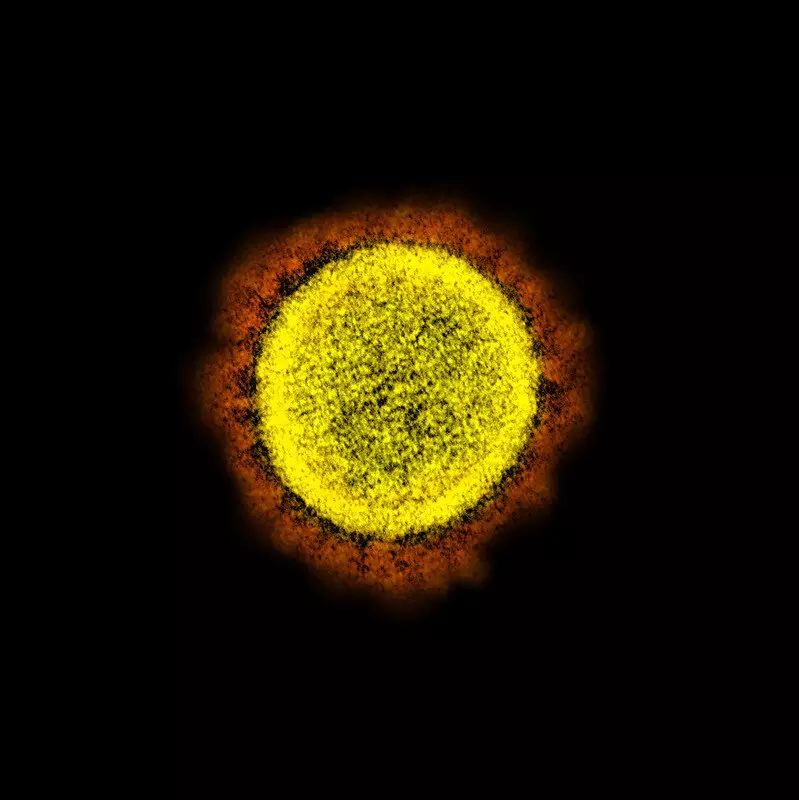The SARS-CoV-2 virus, responsible for the COVID-19 pandemic, encodes various proteins, with one of them being an ion channel called E. This ion channel, known to transport protons and calcium ions, triggers an inflammatory response within infected cells, leading to tissue damage and the manifestation of COVID-19 symptoms. In an effort to understand the mechanism of this channel and potentially develop antiviral drugs, MIT chemists have successfully determined the structure of its “open” state. This discovery, combined with the previously reported structure of the “closed” state, holds the promise of unraveling the triggers for channel opening and closing and guiding the development of drugs to block the channel and mitigate inflammation.
The E channel, a target for antiviral drugs, is implicated in the transportation of calcium into the cytoplasm, leading to the cytotoxic effects of the SARS-CoV-2 virus. By inhibiting the channel and preventing the influx of calcium, the detrimental impact on host cells could potentially be reduced. Mei Hong, an MIT professor of chemistry and senior author of the study, asserts the significance of the E channel as a potential drug target to mitigate the cytotoxic effects caused by the virus.
MIT researchers, led by postdoc Joao Medeiros-Silva, employed nuclear magnetic resonance (NMR) spectroscopy techniques to examine the atomic-level structures of membrane-embedded proteins such as ion channels. Building on previous experience studying proteins such as the influenza M2 proton channel, the team tackled the challenge of analyzing the coronavirus E channel. Initial efforts focused on characterizing the closed state of the channel, which had been successfully achieved earlier in 2020. Subsequently, the researchers turned their attention to determining the structure of the open state.
Discovering the Open Conformation
To induce the E channel into its open conformation, the researchers exposed it to an acidic environment alongside higher calcium ion levels. This led to the widening of the channel’s top opening, coated with water molecules, creating a more attractive entry point for ions. The channel’s bottom opening, in contrast, became narrower, containing hydrophilic amino acids that facilitated ion passage through a narrow hydrophobic gate towards the cytoplasm. Notably, the researchers also identified a three-copy belt of phenylalanine residues near the hydrophobic gate, which had the potential to either block or allow the passage of ions depending on their conformation. This belt of phenylalanines is believed to play a vital role in regulating the closed and open states of the channel.
Potential Antiviral Drug Development
Previous research has demonstrated that when the E channel is not produced by mutated SARS-CoV-2 viruses, they induce significantly less inflammation and cause fewer damages to host cells. Collaborating with researchers at the University of California at San Francisco, Professor Hong is actively involved in developing molecules that can bind to the E channel, preventing ion transportation through it. The ultimate goal is to produce antiviral drugs that reduce the inflammation triggered by SARS-CoV-2. Additionally, Professor Hong’s laboratory plans to investigate how mutations in subsequent SARS-CoV-2 variants may affect the structure and function of the E channel, with a particular focus on the omicron variant.
The determination of both the closed and open structures of the SARS-CoV-2 E channel marks a significant step towards understanding its mechanism and potential for drug development. With the knowledge acquired from the open conformation, researchers can explore and target key elements that regulate the channel’s opening and closing. This progress paves the way for the development of antiviral drugs aimed at reducing the inflammation caused by SARS-CoV-2. As scientists continue to investigate the E channel and its role in different viral variants, further insights may emerge, leading to more effective strategies to combat the COVID-19 pandemic.



Leave a Reply